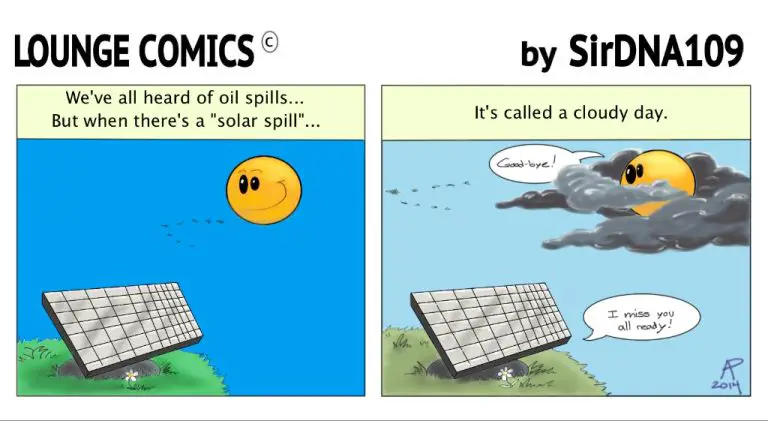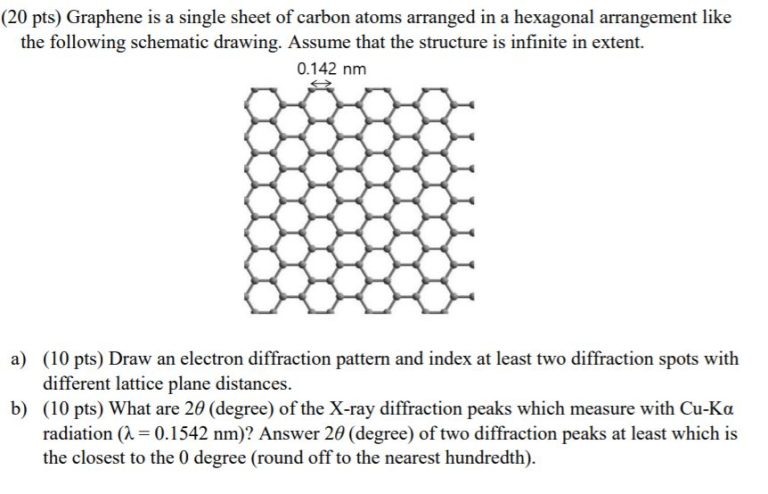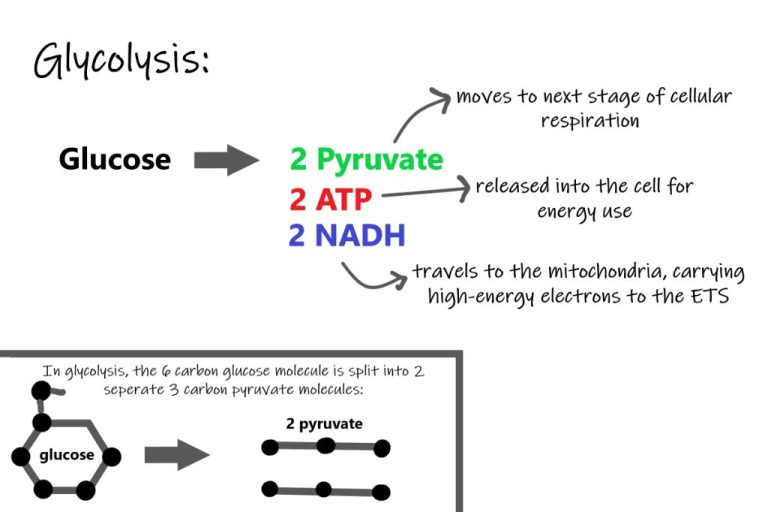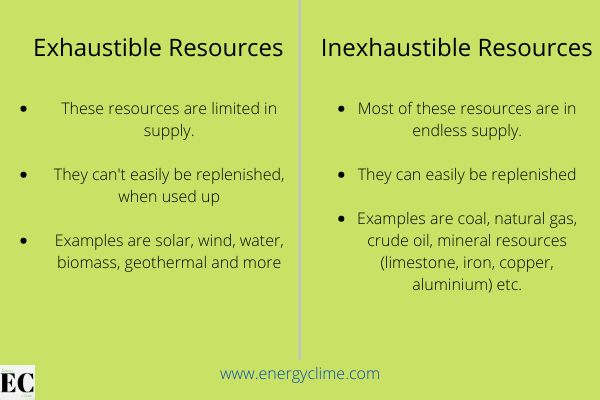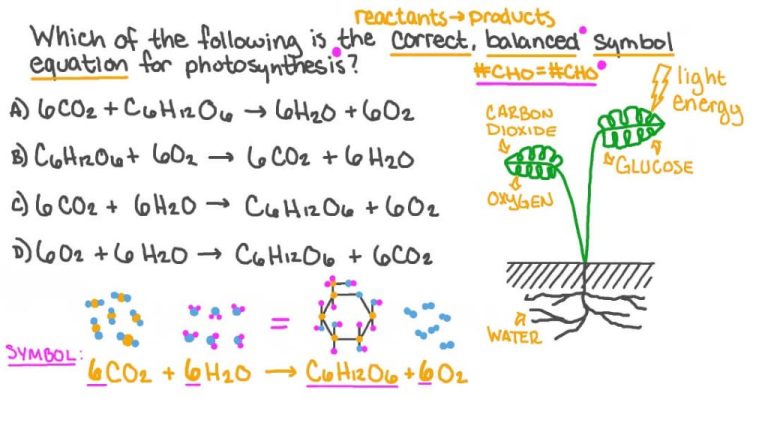What Do Most Power Plants Produce Electricity By?
Most of the world’s electricity is generated at power plants that convert energy sources into electrical energy. The main energy sources used to produce electricity at power plants include fossil fuels like coal, oil and natural gas, nuclear power, hydropower, solar power, wind power, geothermal power and biomass fuels.
Fossil fuel power plants burn coal, oil or natural gas to produce steam that spins a turbine generator to create electricity. Nuclear power plants use the heat from nuclear fission reactions to convert water into steam and spin turbines. Hydropower plants use flowing water from dams or rivers to turn turbines. Other renewable sources like wind, solar and geothermal use turbines or photovoltaic systems to convert energy into electricity.
The mix of energy sources used to generate electricity varies greatly around the world, depending on access to resources and government policies. Most regions use a combination of sources to meet electricity demand. In recent years, renewable energy sources have expanded their share of power generation in many countries.
Fossil Fuel Power Plants
Fossil fuel power plants are the most common types of power plants worldwide. They burn fossil fuels like coal, natural gas, or oil to produce electricity. In these plants, the fossil fuel is burned to heat water, which creates steam. This high-pressure steam is then used to spin large turbines, which in turn rotate electromagnets that generate electricity.
Coal is the most widely used fossil fuel for power plants. In a coal power plant, the coal is pulverized into a fine powder and blown into a combustion chamber where it is burned. This heat converts water into high-pressure steam, which expands through and spins the blades of a turbine. The turbine is connected to a generator to produce electricity.
Natural gas power plants work in a similar way, using natural gas instead of coal as the fuel source. The natural gas is burned to heat water and create steam that spins the turbine. Natural gas emits fewer emissions than coal when burned, but extraction methods can still cause environmental issues.
Oil-fired power plants are less common now but still a major electricity source in some areas. The oil is burned to heat water, produce steam, and spin the electrical generators.
While fossil fuel plants provide the majority of our electricity needs, they contribute heavily to climate change since burning these fuels releases greenhouse gases like carbon dioxide. There is a major shift happening globally to transition from fossil fuel power plants to cleaner renewable energy sources.
Nuclear Power Plants
Nuclear power plants produce electricity through the process of nuclear fission. In nuclear fission, atoms of nuclear fuel like uranium or plutonium are split apart. This splitting generates a tremendous amount of heat energy. The nuclear fuel is contained in a reactor core, where fission takes place. The enormous amount of heat created in the reactor core is used to boil water into steam. The high-pressure steam then turns turbines, which spin generators to produce electricity. Unlike fossil fuel plants, nuclear plants do not burn fuel to produce heat. They use the energy released from nuclear fission instead. This makes nuclear power plants highly efficient in terms of fuel usage. Over 99% of the uranium fuel is consumed during the nuclear fission process, compared to just 5-10% of the chemical energy from fossil fuels that gets converted into usable electricity.
Hydroelectric Power Plants
One of the most widely used renewable energy sources is hydroelectric power, which utilizes the natural flow of water to generate electricity. At hydroelectric plants, the force of flowing or falling water spins a turbine connected to a generator to produce electricity. Dams are typically built to create reservoirs and control the water flow.
There are several types of hydroelectric facilities, but the most common are impoundment and diversion plants. Impoundment plants use dams to store river water in a reservoir. The water is then released through turbines in a controlled manner. Diversion plants channel a portion of a river through a canal and turbine. Run-of-river plants also use the natural flow of a river with little to no damming required.
Hydroelectric power provides around 16% of the world’s electricity and is considered very reliable, flexible, and cost-effective. However, building large dams can negatively impact surrounding wildlife habitats and ecosystems. Overall, hydroelectricity remains an essential renewable energy source with the scalability to meet large power demands.
Solar Power Plants
Solar power plants use solar panels to convert sunlight into electricity. Solar panels contain photovoltaic (PV) cells made of semiconducting materials that absorb photons from sunlight and convert them into electrons. As sunlight hits the solar panels, electrons are knocked loose from the atoms of the PV material, creating an electric current.
This electric current is captured and channeled to produce a usable electric output. The more intense the sunlight that hits a solar panel, the more electricity that can be produced. Solar panels are connected together in arrays to scale up power generation. These arrays can be ground-mounted or installed on rooftops, and the generated electricity is either used directly or fed into the utility grid.
Some key advantages of solar power plants are that they produce electricity with zero emissions, utilize an abundant renewable resource in sunlight, and have very low maintenance and operational costs since they have no moving parts. Solar power production aligns well with peak energy usage during the daytime. The main limitations are that solar only works when the sun is shining, requiring energy storage or supplementary generation at night. Solar power plants also tend to have high upfront costs for the solar panel systems.
Solar power represented about 3% of total U.S. electricity generation in 2020, but is one of the fastest growing renewable energy sources. Improvements in solar panel efficiency, coupled with falling prices, have made large-scale solar power plants increasingly competitive for electricity production. Many experts expect solar power capacity and generation to expand significantly in the coming decades.
Wind Power Plants
Wind power is one of the fastest growing sources of renewable energy in the world. Wind power plants generate electricity by using large wind turbines, usually grouped together in wind farms. Modern wind turbines can reach heights of over 400 feet and have blades spanning over 260 feet in length. As wind blows across the blades, the kinetic energy causes the turbines to spin. This rotational motion turns an internal shaft connected to a generator which converts the mechanical power into electrical power. The electricity is fed into transmission lines and distributed to homes and businesses.
Wind power is considered a green and sustainable energy source since it does not generate any toxic byproducts. It is abundant and renewable. According to the U.S. Department of Energy, wind power has the potential to provide over 10 times the nation’s current electricity needs. The main drawbacks are intermittency, as output depends on wind patterns, and higher upfront costs compared to fossil fuels. However, costs have come down substantially in recent years. With proper site selection and turbine spacing, large scale wind farms can provide steady and reliable power to the grid. Overall, wind energy is expected to continue its robust growth worldwide due to environmental benefits, improving economics, and support policies.
Geothermal Power Plants
Geothermal power plants harness the heat energy from beneath the Earth’s surface to produce electricity. They utilize naturally occurring pockets of steam or hot water located deep underground. Wells are drilled into these geothermal reservoirs to bring the hot water or steam to the surface. The steam then drives turbine generators to produce electricity. Unlike traditional fossil fuel or nuclear plants, geothermal plants do not burn fuel to generate power. The steam and heat is simply harnessed from existing underground geothermal activity.
There are three main types of geothermal power plants:
- Dry steam plants that utilize steam directly from geothermal reservoirs
- Flash steam plants that pull deep, high-pressure hot water into lower-pressure tanks and use the resulting flashed steam
- Binary cycle plants that pass lower-temperature geothermal water through heat exchangers to heat a secondary fluid that vaporizes to drive turbines
Geothermal power provides clean, renewable baseload electricity capacity. Geothermal energy production results in minimal carbon emissions. Development is site-specific though, limited to geographical locations with adequate underground heat and permeability. Enhanced geothermal systems are being researched to produce geothermal power in regions not conventionally considered feasible. With sufficient investment, geothermal electricity generation could provide steady, sustainable energy for more communities worldwide.
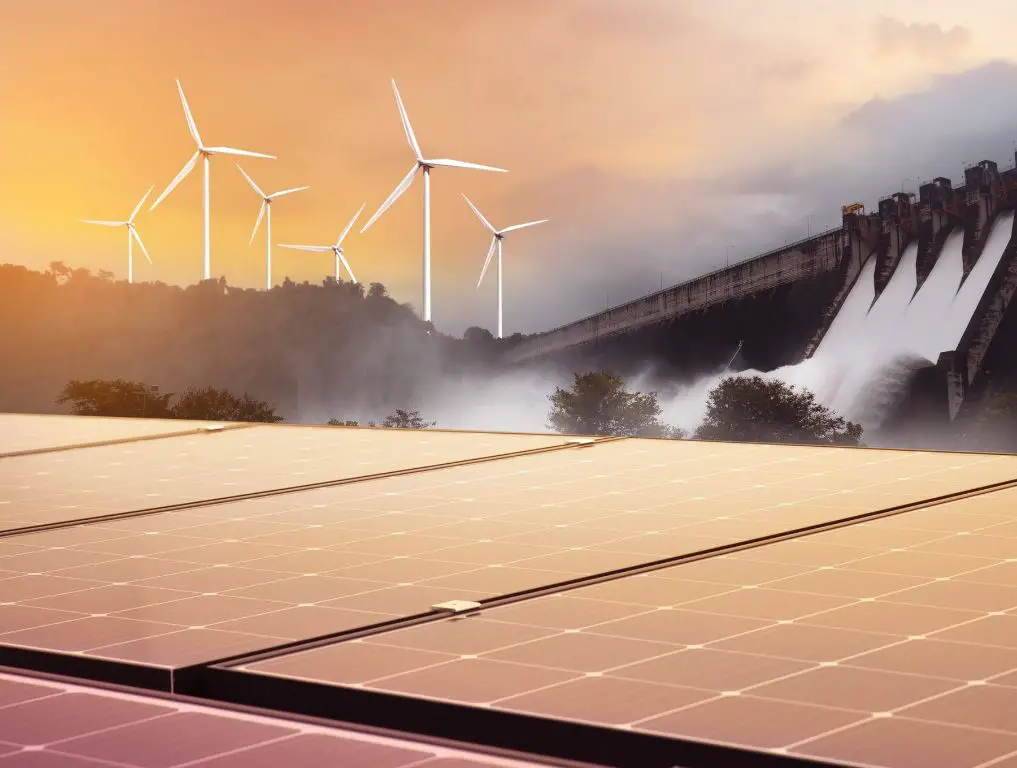
Biomass Power Plants
Biomass power plants generate electricity by burning organic matter such as wood, agricultural waste, or biogas. The heat produced from the combustion of the biomass fuels a boiler, which in turn powers a steam turbine to generate electricity. Biomass is considered a renewable energy source because the organic matter can be replaced relatively quickly compared to the geological timescales required for fossil fuels.
Some of the most common fuels used in biomass power plants include:
- Wood and wood waste – This includes wood chips, pellets, and sawdust from sawmills and lumberyards.
- Agricultural waste – Crop residues like corn stalks, sugarcane bagasse, and rice husks can be burned.
- Food waste – Organic matter from restaurants, homes, and food processing plants.
- Landfill gas – Methane gas produced by decomposing garbage in landfills.
- Animal manure – Dried manure can serve as a biomass fuel source.
The advantage of biomass power plants is that they can utilize waste materials as fuel. This reduces landfill waste and provides a use for agricultural residues. However, burning biomass does produce air pollution in the form of carbon dioxide, nitrogen oxides, sulfur dioxide, and particulate matter. Advanced emission control systems are used to reduce pollution from biomass plants. Overall, biomass power represents a renewable energy source that will continue to contribute to the world’s electricity mix.
Trends and Future Outlook
The world is increasingly shifting towards renewable energy sources like solar, wind, and geothermal to generate electricity. This transition is being driven by several factors:
Firstly, renewable energy prices have fallen dramatically in recent years, making them cost competitive with fossil fuels in many places. The levelized cost of electricity from utility-scale solar PV, for example, fell 88% between 2009 and 2019. As technology continues to advance, renewables are expected to get even cheaper.
Secondly, there is growing concern about the environmental impacts of burning fossil fuels, which emit greenhouse gases that drive climate change. Many countries are implementing policies to reduce carbon emissions by transitioning to clean energy. The Paris Agreement has set international goals to limit global warming to 1.5-2°C above pre-industrial levels.
Lastly, renewables provide energy security by relying on inexhaustible domestic resources rather than imported fossil fuels. This makes countries less vulnerable to fuel price shocks or supply disruptions. Renewables also make the electricity grid more resilient through decentralized generation.
The International Energy Agency predicts renewables will account for over 90% of global power generation growth in the next 5 years. Forward-looking utilities and corporations are investing heavily in wind, solar, geothermal and other renewable technologies to power the clean electricity systems of the future.
Conclusion
There are a variety of methods and technologies used to generate electricity today. The most common methods are burning fossil fuels like coal, natural gas, and oil at thermal power plants. Other major sources include nuclear fission at nuclear power plants, hydropower at hydroelectric dams, renewable sources like solar, wind, geothermal, and biomass, and to a lesser extent, tidal and wave power.
Fossil fuels continue to generate the majority of the world’s electricity, but renewable sources are becoming more prevalent. Each method has its own advantages and disadvantages related to cost, efficiency, environmental impact, safety, and more. Going forward, countries are diversifying their energy mix and transitioning more towards low-carbon and renewable sources to combat climate change and achieve a more sustainable energy future.

